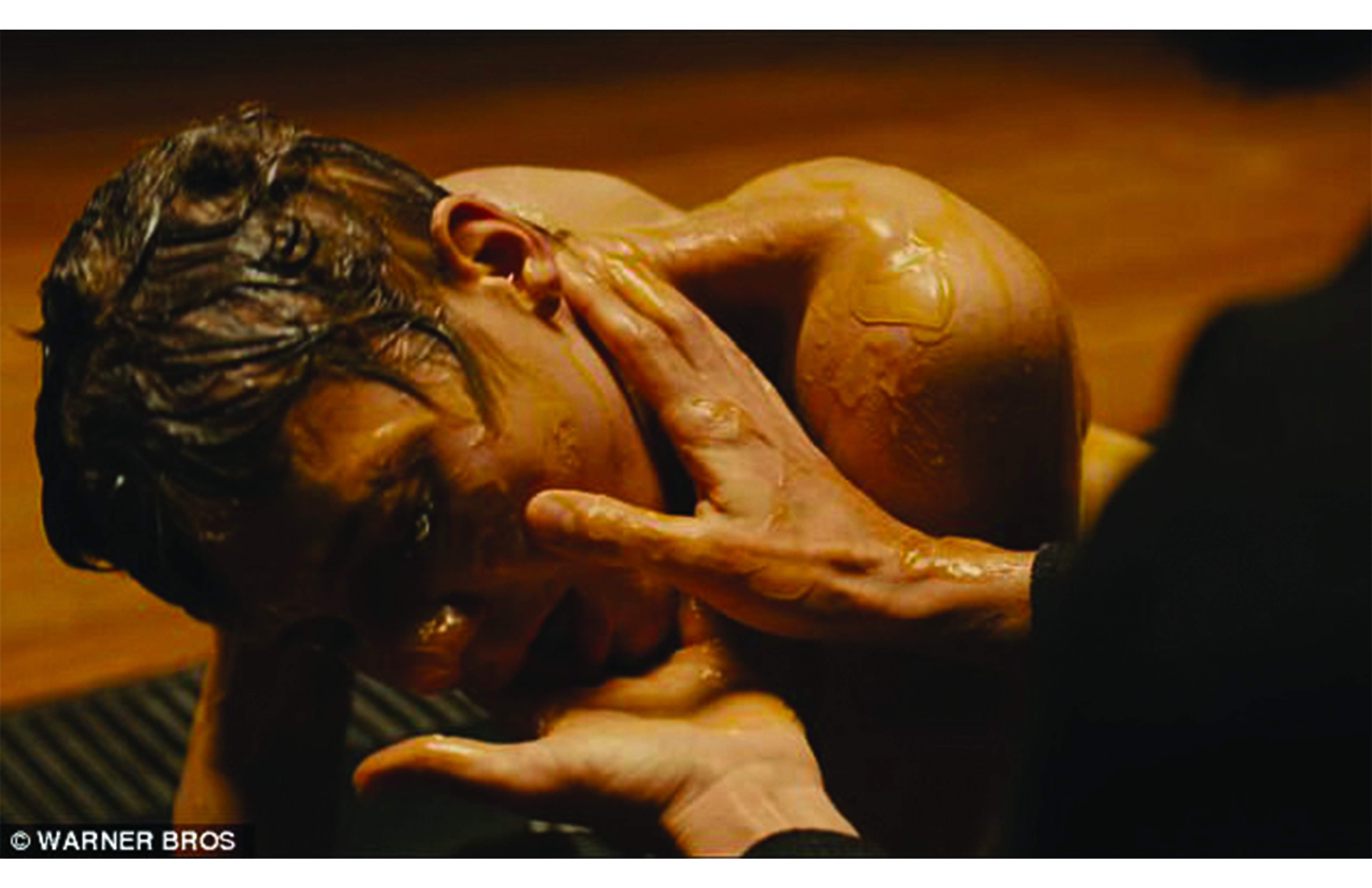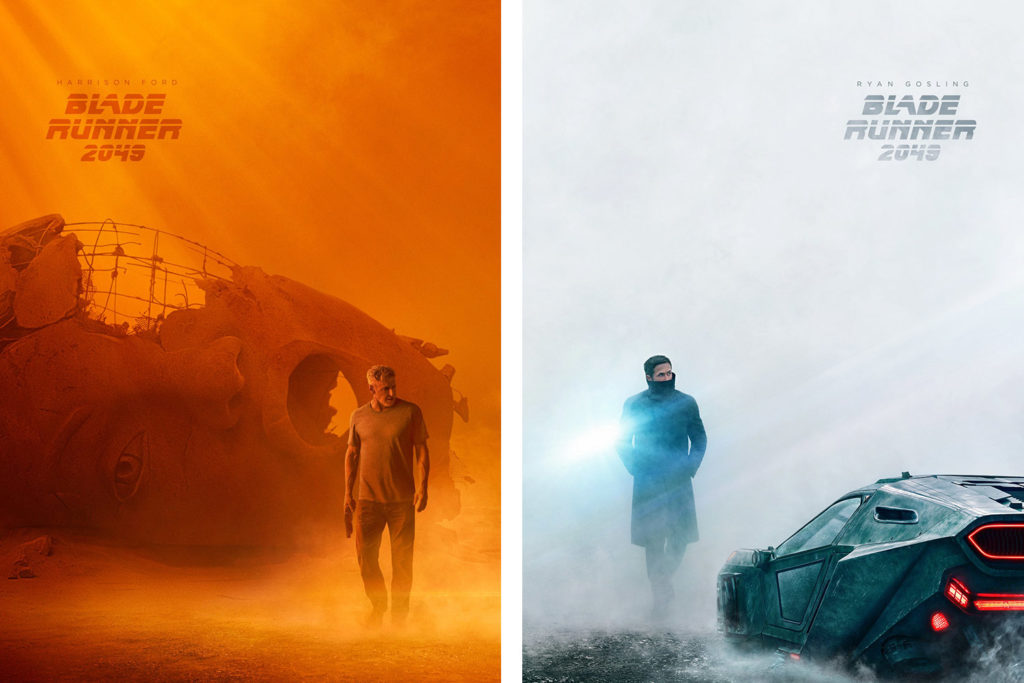
Nov
Blade Runner is A Slave Narrative! | The Moral Quandary of Poster Fan Art
[responsivevoice_button voice=”UK English Female” buttontext=”Listen to Post”]
The original 1982 film Blade Runner tells the story of a future where in order for humanity to extend to other planets, corporations rely on manufactured manual labor called replicants. They look, think, and feel like humans. But are not born from another human or replicant. Rick Deckard is a blade runner: One who tracks down replicants who go rogue. Like many fans of the groundbreaking sci-fi neo-noir, the movie’s production design had this otherworldly quality. Unlike many fans who obsess over whether or not Rick Deckard is himself a replicant, I was always more invested in the deeper themes of what it means to be human in a society that devalues humanity used for labor.
”Every leap of civilization was built on the back of a disposable workforce, but I can only make so many. ~ Niander Wallace, Blade Runner 2049
The sequel continues the themes of the original by asking, What does it mean to be human? Is it through our ancestry? Does knowing where we come from determine our humanity?
This big-budget sci-fi movie asks deep philosophical questions of viewers, what resonates with me in both the original Blade Runner and it’s sequel, is the slave narrative.
Replicants are not androids. They are grown like humans, but not born of humans. Their only use is for labor; even interstellar labor. When Roy Batty, the leader of the six rebellious replicants recites his experiences in space, as he sat dying:
I’ve seen things you people wouldn’t believe. Attack ships on fire off the shoulder of Orion. I watched C-beams glitter in the dark near the Tannhauser gate. All those moments will be lost in time… like tears in rain… Time to die.
Imagine all the stories of the enslaved, lost to time. These replicants in the Blade Runner universe represent the enduring struggle of the dehumanized fighting for their humanity.
But I never really saw those universal themes reflected in marketing or poster design. After learning the movie’s producers held a poster design contest as an ostensible open call for entries to design new artwork to promote the movie, I wanted a personal challenge. See if I can come up with an original way to convey this central theme, without the reliance on typical American slave imagery: shackles, cotton fields, and plantations.
The Bind of Poster Design Contests for Professional Use
As a general rule, I don’t participate in fan art contests, as they are considered work on speculation. Poster designer, co-host of The Poster Boys podcast and my new internet friend Brandon Schaefer did some sleuthing and found that the art contest had awarded the top prize with $2,000. I still wouldn’t have submitted for the competition. Here’s why.
Poster design is one of those high-profile opportunities. Yet who gets to participate is still controlled by biased algorithms and niche, referral-based audiences. The producers of Blade Runner 2049 thought that by putting a poster design contest on the internet, assume they’d cast the widest net. But failed to understand who finds their contest is still informed by insular audiences working with the same pool of limited resources made available to them by the movie studio.
”The challenge with poster redesign/fanart is how professional designers make something personal and palatable for major studios and mass audiences while preventing exploitation of one's labor.
Experience has taught me that to make well-thought concepts requires sustained investment from the company or client. If Hollywood can take more than 30 years (and spend $150 million) to get the right sequel, production companies can hire and retain teams of talent poster designers to work on the concepts as long as needed to get the right designs.
The challenge with poster redesign/fanart is how professional designers make something personal and palatable for major studios and mass audiences while preventing exploitation of one’s labor.
Even as I worked on a poster redesign of Blade Runner 2049, this process put me in a bind. On one hand, I made art because I really wanted to make something special. But on the other hand, I should expect more than a poster-contest-masked-as-work-on-spec from a movie studio, if I’m expected to be paid and participate in the movie marketing process.
Movie posters have a huge influence on what audiences think they’re going to see. In my opinion, as amazing as Blade Runner 2049 stands as a piece of storytelling, it continues to underperform because it assumed its base audience was bigger than it really was. Blade Runner as a 30-year-old property doesn’t benefit from licensing to extend its influence between movies. While I loved the movie, there’s a whole generation of movie-goers who don’t even know what Blade Runner is. The producers thought they could rely on famous faces, cool artwork, sex, and bright colors to sell people on this movie.
- Official poster design for Blade Runner 2049
- Official poster design for Blade Runner 2049
I believe that if the producers were a lot more thoughtful about how early and how often they included talented creative directors and designers into the marketing process, Blade Runner 2049 would have been more than “artful but pretentious.” It may have been profitable.




